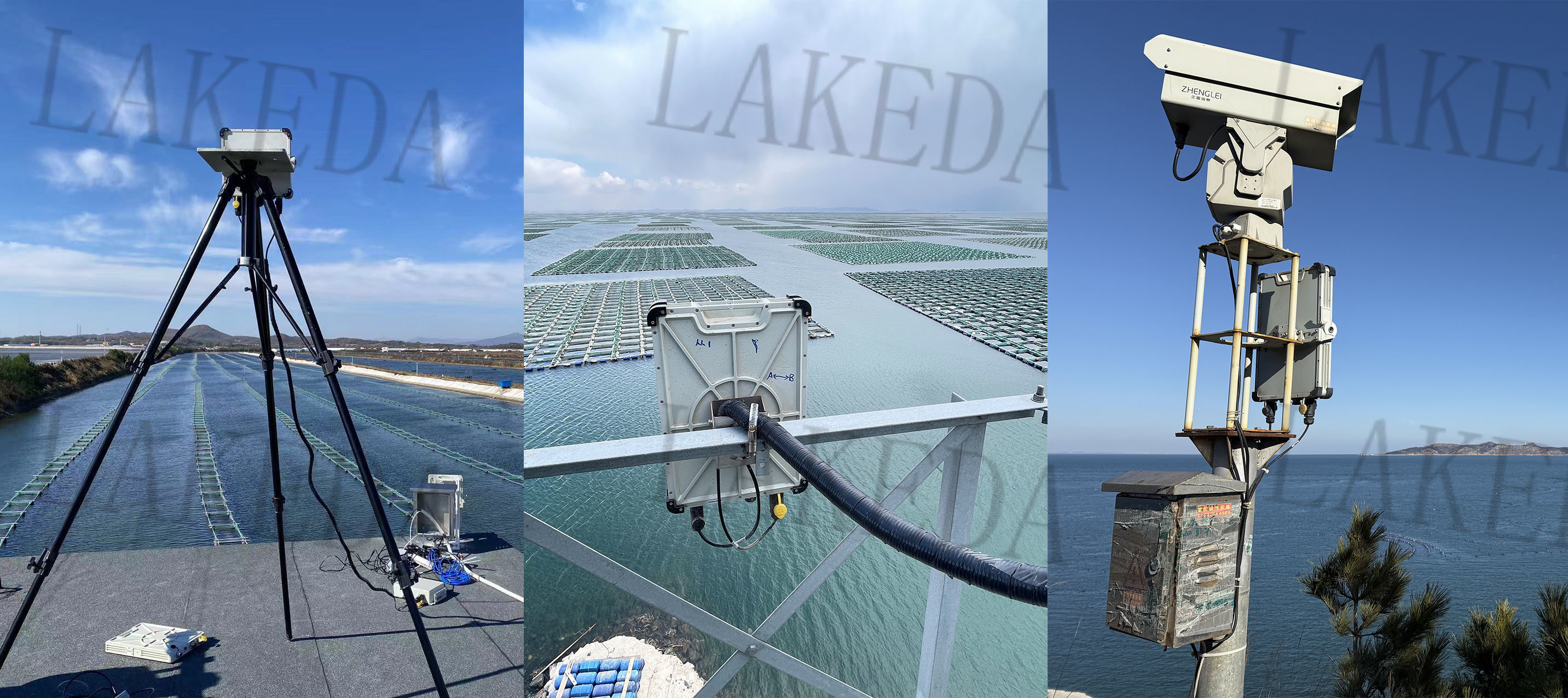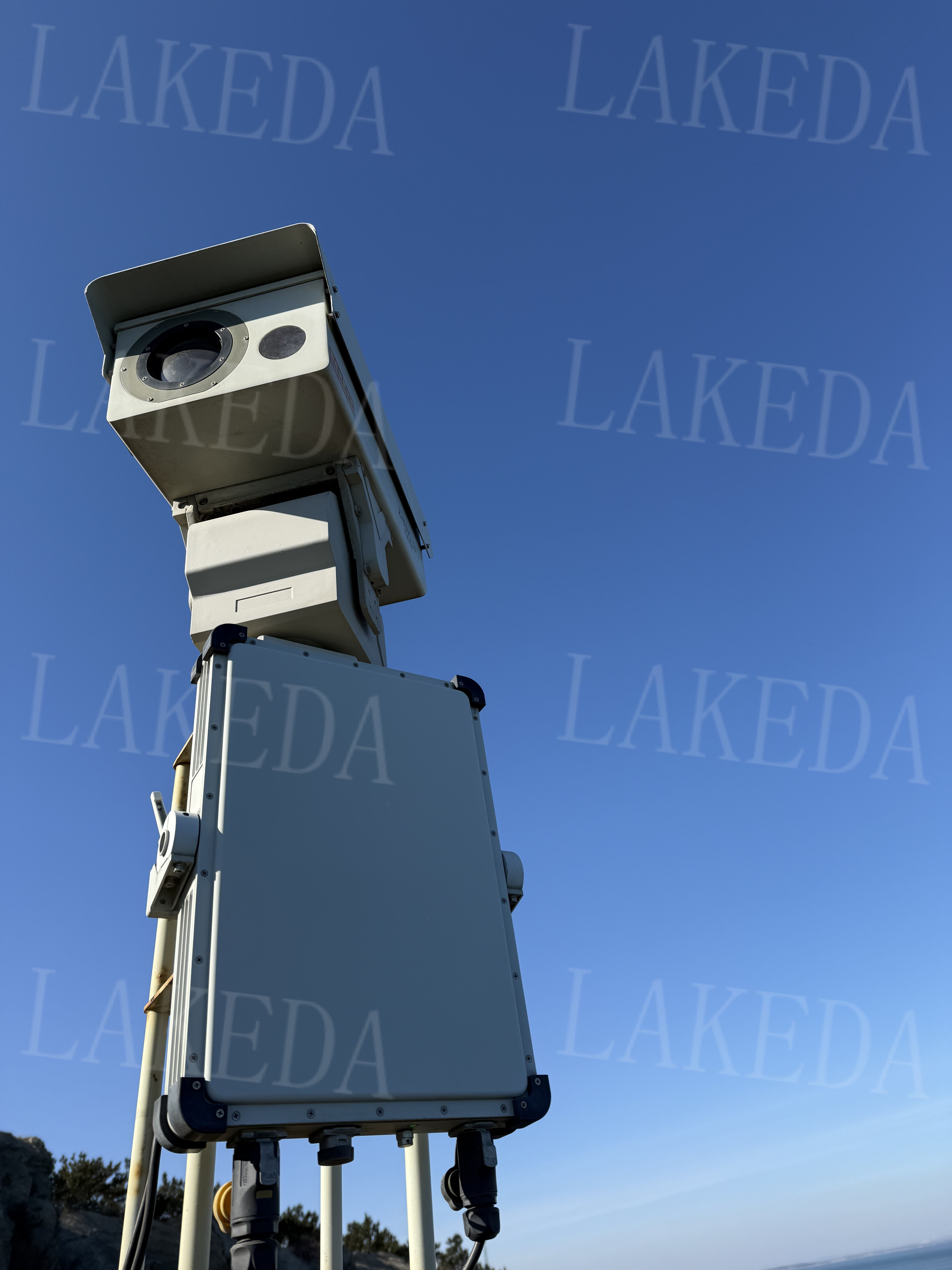[Technical Analysis] Coastal Security Radar - Building a "Smart Defense Line" for Marine Safety
Release time:
2025-08-19
Amidst the escalating global competition for maritime rights, nearshore security radar is becoming a core asset for safeguarding national sovereignty. Events ranging from the Philippines' joint exercises with multiple countries in the South China Sea to Japan's acceleration of its Coast Guard's capabilities underscore the complexity of maritime security. As a major maritime power, China is constructing an all-weather, three-dimensional nearshore defense system through technological innovation, with nearshore security radar serving as the 'eyes and ears' of this system.
Technological Breakthroughs in Nearshore Security Radar
After decades of development, China's nearshore security radar has formed a technological system that features full coverage, multi-frequency integration, and intelligent collaboration, achieving a leapfrog development over the West in key areas.
High-Frequency Surface Wave Radar
High-frequency surface wave radar utilizes the characteristic of electromagnetic waves diffracting along the sea surface, enabling over-the-horizon detection at a range of 300-400 kilometers. It is widely deployed in coastal provinces such as Shandong, Zhejiang, and Guangdong, forming a routine monitoring system for exclusive economic zones.
For example, the high-frequency surface wave radar system on Pingtan Island in Fujian can track the dynamics of ships in the Taiwan Strait in real time. In June 2025, it successfully identified and locked onto a Philippine reconnaissance ship that had turned off its AIS signal, providing precise coordinates for the Coast Guard's expulsion operation.
Phased Array Radar
Phased array radar is a type of radar that uses a phased array antenna, which achieves the desired beam direction by controlling the phase of each element in the array antenna.
The core advantage of phased array radar stems from its unique technical architecture. Unlike mechanical radar, which changes the beam direction through physical rotation, phased array radar achieves electronic scanning of electromagnetic beams through the phase control of thousands of independent transceiver units.

Real-world application image of nearshore security radar from Wuhan Racadar Technology Co., Ltd.
The XW/SR237 series of nearshore security radars independently developed by Wuhan Racadar Technology Co., Ltd. adopts a phased array architecture (azimuth phase scanning) and can cover ranges of 1.2km, 3km, 5km, and 8km according to different scenario requirements. For fast-moving targets such as large speedboats, the high data refresh rate can continuously and stably track them.
It is suitable for infrastructure security such as substations, detention centers, and oil pipelines, as well as scenarios such as airport perimeter and railway line security.

The S-band phased array radar developed by China Electronics Technology Group Corporation can simultaneously track 150 air and surface anti-ship missiles traveling at Mach 3 and fishing boats traveling at a low speed of 5 knots. During the joint exercise in the South China Sea in 2025, the radar locked onto the U.S. 'Roosevelt' aircraft carrier while simultaneously tracking 12 ships in its escort fleet and 24 carrier-based aircraft, with a target update rate of 0.1 seconds/time, providing ample reaction time for Chinese ships.
Phased array radar with adaptive beamforming technology can identify 200 interference patterns and dynamically adjust frequencies within 0.05 seconds.
In 2024, Philippine Coast Guard ships used Israeli-made electronic jamming equipment in the Huangyan Island waters in an attempt to paralyze China's monitoring system, but the shore-based phased array radar continued to maintain stable tracking of the targets through sidelobe suppression technology, and its electromagnetic spectrum records became key evidence for subsequent diplomatic negotiations.

Real-world application image of nearshore security radar from Wuhan Racadar Technology Co., Ltd.
With the diversification of maritime security challenges, nearshore security radar will develop in three directions: first, to build an integrated 'air-space-ground-sea' monitoring network to achieve coordinated perception of satellite remote sensing, drones, and shore-based radar. For example, the linkage between the Gaofen-3 satellite and shore-based radar can update maritime situation in real time and provide panoramic data for law enforcement decision-making.
The second is to promote the engineering application of cutting-edge technologies such as quantum radar and terahertz radar to break through the performance bottlenecks of traditional radar in stealth target detection and complex electromagnetic environments.
The third is to strengthen international cooperation, jointly address transnational maritime crimes through radar data sharing and joint law enforcement mechanisms. For example, information exchange of radar systems has become a routine cooperation content in the joint patrols conducted by China and ASEAN countries in the South China Sea.
From the intelligent dispatch of the Yangtze River channel to the safeguarding of sovereignty in the South China Sea, nearshore security radar is reshaping the logic of ocean governance through technological innovation. This shift from 'single-point defense' to 'system operations' is not only a reflection of technological progress, but also a strategic choice to safeguard national maritime rights and build a community with a shared future for the ocean. With breakthroughs in cutting-edge fields such as artificial intelligence and quantum technology, nearshore security radar will further evolve into a 'super brain' for maritime security, writing a new chapter in the journey of safeguarding the blue territory.
一键get雷可达全平台账号










